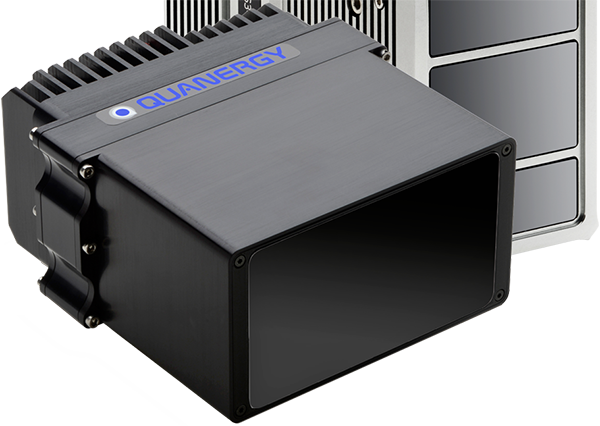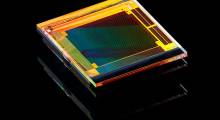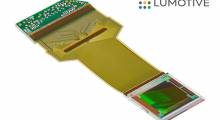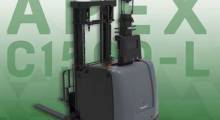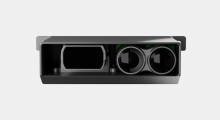Quanergy Systems Inc. today said that it has successfully demonstrated its S3 Series lidar, a solid-state sensor with 100-meter range. The comany partnered with Zero Electric Vehicles Inc. for the driving demonstration.
Sunnyvale, Calif.-based Quanergy claimed that it provides the only 100% solid-state complementary metal-oxide-semiconductor (CMOS) lidars built on optical phased array (OPA) technology to the automotive and Internet of Things (IoT) markets. It said this enables low-cost, highly reliable 3D perception for a variety of industries. Quanergy said it has more than 350 customers worldwide.
“Quanergy’s CMOS-based OPA technology has demonstrated significant improvement towards its adoption in long-range automotive applications,” said Jim Maury, president of Zero Electric Vehicles (ZEV) in Tempe, Ariz. “We believe Quanergy’s OPA technology provides a highly reliable and cost-effective 3D lidar solution that is critically important for the automotive industry.”
Quanergy, ZEV test long-range lidar
For their test, the partners mounted a solid-state lidar test platform with single scanning beam on a vehicle, along with additional cameras to facilitate visual viewing. The test vehicle followed a target vehicle driving in bright sunlight at a variety of ranges—from a close proximity to a distance of 100 meters—while maintaining safety at all times, they said.
Quanergy and “software-defined” electric vehicle maker ZEV chose a target with 10% reflectivity to simulate difficult-to-detect objects.
Quanergy said its S3 Series lidar is designed to meet the most stringent automotive requirements for object detection and collision avoidance. The sensor’s electronic beam steering without any moving parts offers immunity to shock and vibration, said the company.
The S3 Series provides over 100,000 hours MTBF (mean time between failures), and Quanergy is targeting a price of $500 for mass-market production. This could help adoption and safety of autonomous vehicles and mobile robots, among other applications.
“We are very excited about this industry-first demonstration of 100-meter range achieved in full daylight with Quanergy’s OPA-based solid-state technology,” said Dr. Tianyue Yu, co-founder and chief development officer of Quanergy. “Our team is now working towards even more aggressive performance targets, including longer range [and] increased vertical field of view and data rate.”
IoT applications for lidar; SPAC merger
In addition to advancing OPA technology for automotive applications, Quanergy is offering its lidar for commercial IoT applications. The company recently partnered with shareholder Sensata Technologies on manufacturing. In addition, it cited the following recent IoT deployments:
- Supplying long-range, 3D lidar to PARIFEX for highway speed detection and enforcement in France
- Enabling vehicle-to-everything (V2X) smart city deployment in Korea
- Use by Puxiang BioEnergy to optimize recycling processes and reduce environmental impacts in China
In June, Quanergy agreed to merge with CITIC Capital Acquisition Corp., and it plans to be listed on the New York Stock Exchange.
Article topics
Email Sign Up

